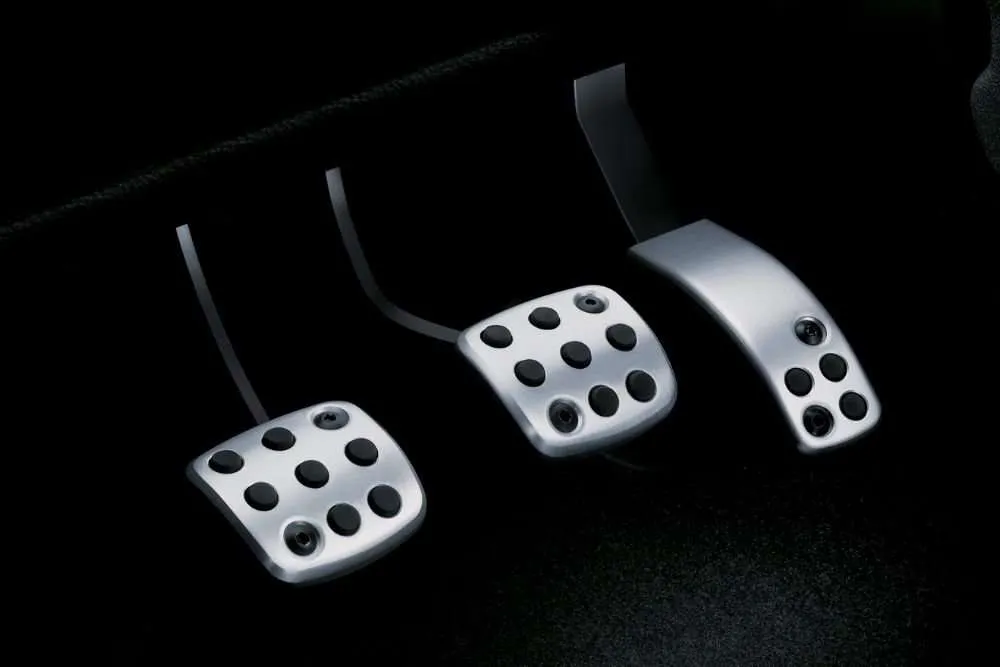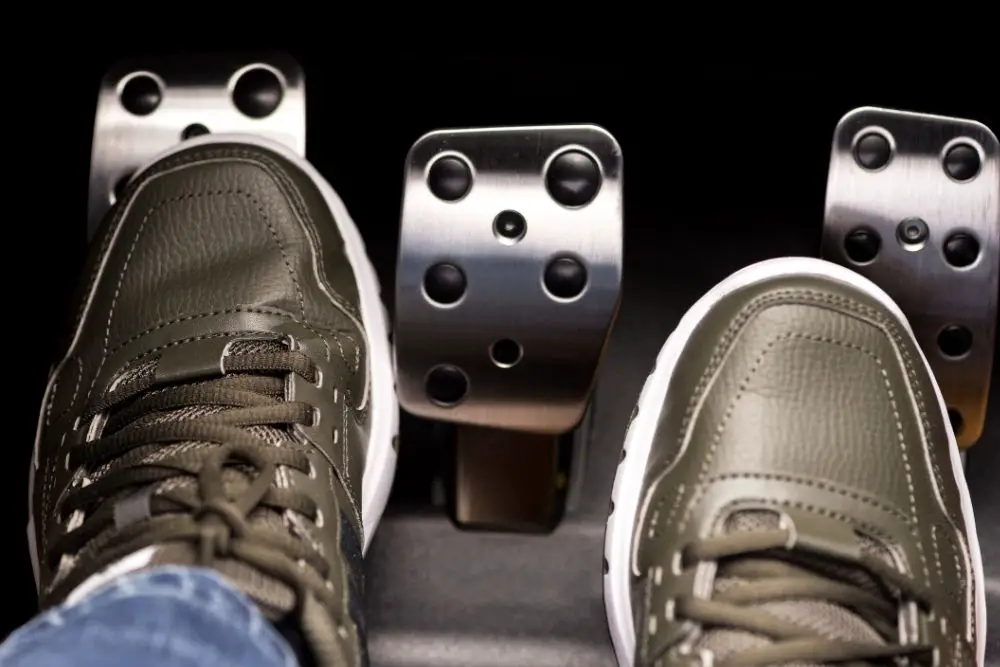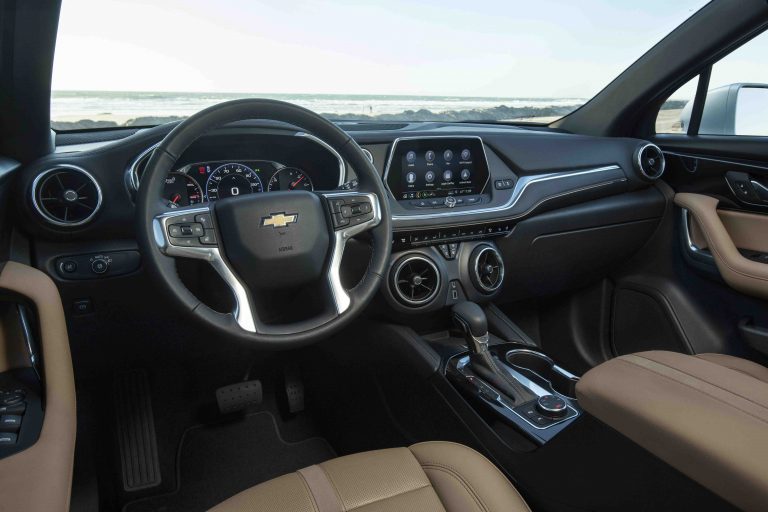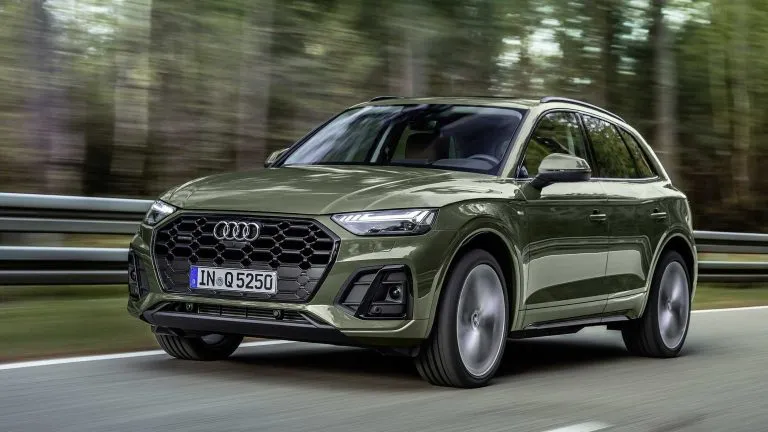What Is Double Clutching? (Answered)
If you drive a manual transmission car, you may be tempted to try double clutching. But what is double clutching and how do you do it properly?
We have put together this handy guide to get you to be a master of double clutching, enjoying perfect gear changes wherever this process is required, that is when your vehicle’s engine has no synchronizers.
What is Double Clutching?
Double clutching is a technique that lets you match the speed of rotation of the input shaft, which is driven by the engine, to the speed of the gear you want to choose. This, in effect, allows you to change gear more efficiently and cause less wear to the synchronizers which will prolong their life quite substantially.
Explanation in Detail
When you change gear on a manual vehicle, there are three systems that need to synchronize. These are the engine that produces the power that gets the vehicle to go, the clutch that relays the power from the engine to the transmission, and the transmission that gets the power to the wheels, making them spin and physically move the vehicle.
Each of these systems acts independently and their rotation needs to be synchronized in order to change gear effectively. The clutch acts as a mediator between the engine and transmission, syncing the two to get the car to run smoothly when the rotation speeds of the engine and transmission are not the same.
The rotation speed of the transmission that gets the power to the car’s wheels relies solely on the gear of the transmission. When your car is in a low gear, the engine spins faster than the transmission but in high gears the opposite is true, the transmission will spin quickly in relation to the engine.
In practical application, suppose we were driving in fourth gear but needed to slow down and transition into third. This means that the engine needs to be shifted to a higher rotation speed relative to the speed of the car.

Once we depress the clutch, the engine is now rotating alone with the transmission and clutch co-dependently spinning. As we move the gear from fourth into neutral on the way to third, the clutch and transmission will be rotating separately – when a car is in neutral there are no gears engaged so there is no power getting to the transmission.
It is at this specific moment that double clutching is deployed.
If we were double clutching, we would release the clutch while the transmission is in neutral to link together the engine and clutch. At this point, the transmission is rotating quicker than these combined systems as the wheels are still spinning so you need to increase the rotation of the engine.
To do this, quickly press the accelerator pedal, which will also raise clutch rotation speed as it is connected to the engine, and the rotation of the transmission and engine-clutch system should match. Depress the clutch again and push the gear stick into third.
The clutch can now be released and, hopefully, this whole process has resulted in a nice, flowing gear change.
Summary of Downshifting Process
- Press clutch down
- Move gear stick into neutral
- Release the clutch
- Gently depress the accelerator pedal
- Depress clutch again
- Move gear stick into desired gear
- Release the clutch again as the revs begin to drop
When to Use Double Clutching
Double clutching only needs to be used where there are no transmission synchronizers in the vehicle. For nearly all modern vehicles, this means that you will never actually need to use the double clutch method.
There are, however, some models of freight lorries whose transmissions do not have synchronizers so any drivers of such vehicles would need to use the double clutching process described above.
There is also a very limited application for double clutching modern vehicles that do have synchronizers, occurring when you need to get into first gear but the car did not come to a complete standstill stop.
If this has happened, for example where the light was red but then changed before you halted, we would all find it difficult to get into the correct gear from neutral. This is because the rotation speed of the transmission is very different from the clutch and engine speed – the transmission is still going but the engine and clutch are at zero.
When this happens, we find it helpful to tap the throttle gently with the clutch released, and then try getting into first again. This should now feel normal and no resistance is encountered. This process will also help prolong the life of the engine’s synchronizers as they are not working quite so hard.
FAQs
Do I need to double clutch?
If you have a modern vehicle then there is no need to double clutch. This is because all modern engines have synchronizers built in to help the engine, clutch, and transmission meet the same rotation speeds when you want to change gear.
Is double clutching bad for the clutch?
Double clutching is not always necessary but is certainly not bad for the clutch when done properly. You can use the double clutching technique when you want to upshift smoothly when accelerating, particularly at very low speeds, as this will make gear transitions easier and of course when downshifting for a smoother transition between gears.
This technique may also help to keep your synchronizers healthy when going from neutral to first gear. Resting your foot on the clutch pedal and shifting gears prematurely is far worse for the health of your clutch than double clutching ever will be!
Can you change gears without the clutch?
The short answer here is no, but there are two exceptions. If your clutch has stopped working and you need to get to an appropriate place, or if you are wanting to save some time while racing.
To do this you need to get into the correct level of revolutions per minute (RPM), displayed on the dashboard. Once you are driving with an RPM reading between 3,500 and 4,000, take your foot off the accelerator and at the same time put the gear stick into neutral, then move into the next gear up. This will of course take more effort but the gear will eventually engage.
To shift down, get the engine to between 1,500 and 2,000 RPM and take your foot off the accelerator, and put the car into neutral at the same time. You can then move into the lower gear but be aware that you may have to tap the accelerator pedal a few times to get the correct engine revolution speed. This technique will damage your car so only do it when completely necessary!
Supporting Video on What is Double Clutching?
In the video below, Engineering Explained takes us through everything in detail around what is double clutching, supporting what we’ve mentioned in the article.





